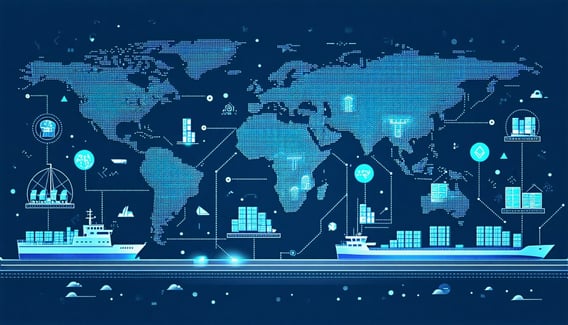5 Really Big Reasons for the Recent Interest in Reshoring to the United States

Written by Hans Dittmar
5 really big reasons for the recent interest in reshoring to the United States
- It doesn’t take much to disrupt a global supply chain. The pandemic made that clear across the globe.
- The benefits of offshoring to low-cost countries are disappearing.
- Companies despise risk and want to mitigate whatever uncertainty they can.
- Manufacturers want to be physically closer to their customers.
- Tariffs are back to being a real issue for most major economies.
Everyone learned that supply chain disruptions can cause all kinds of production nightmares during the pandemic. We know we’re not done.
The COVID-19 pandemic exposed the fragility of global supply chains, leading to significant production delays and shortages across various industries. Companies faced unprecedented challenges as they struggled to secure raw materials, components, and finished goods. The ripple effects of these disruptions were felt worldwide, highlighting the need for more resilient and adaptable supply chain strategies.
The decades of enjoying the benefits of low cost country (LCC) manufacturing are quickly coming to a close.
For years, businesses have relied heavily on single-sourcing from China and other low cost regions to take advantage of cost efficiencies and streamlined operations. However, the pandemic, coupled with rising labor costs and geopolitical tensions, has eroded these advantages. Companies are now re-evaluating their supply chain strategies, seeking to diversify their sourcing to reduce dependency on a single country and mitigate risks associated with supply chain disruptions.
People want full control over their businesses – and want less risk from global events.
Geopolitical conflicts, natural disasters, and regulatory changes can significantly impact supply chains, causing delays and increasing costs. To mitigate these risks, businesses are adopting strategies such as multi-sourcing, nearshoring, and investing in digital technologies to enhance visibility and control over their supply chains. By doing so, they can better navigate uncertainties and ensure continuity of operations.
Happy customers buy more products sooner. Flexibility to trends becomes easier to manage.
Nearshoring and reshoring manufacturing operations closer to key markets have become increasingly popular strategies. By bringing production closer to consumers, companies can respond more swiftly to changes in demand, reduce lead times, and enhance customer satisfaction. This approach also helps in reducing transportation costs and minimizing the environmental impact of long-distance shipping.
Tariff avoidance is when you make things where you sell them.
While some parts of a product are likely made elsewhere, getting straddled with a tariff on one or two components in your product can be much less disruptive than importing the final product. Not only are supply chain logistics simpler, but the net cost increase is also reduced. The less items that need to cross borders in tariffed areas, the more likely you will not need to increase your price.
Because every business and every product are unique, there is no single right answer to the balance of importing versus reshoring. Moving manufacturing is never an easy choice. With the current geopolitical landscape combined with back-and-forth tariff increases, now is the time to understand how to best mitigate the risks for your company and your products to be as ready as you can.





